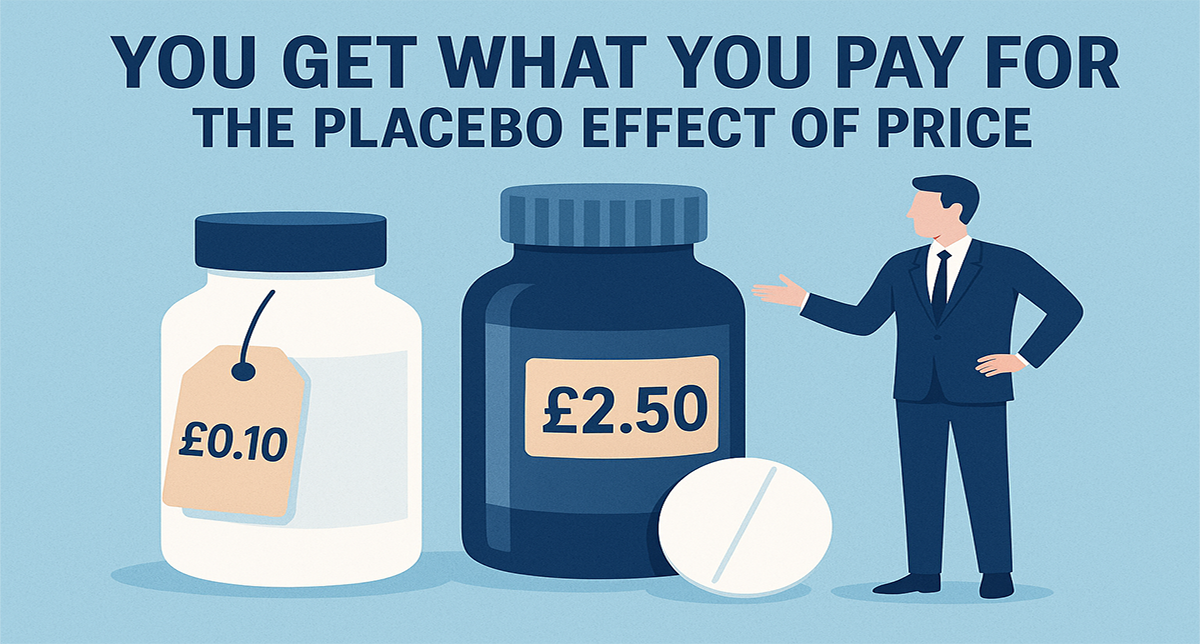Firstly, what is a cognitive bias?
A cognitive bias is a limitation in rational thinking caused by the tendency for the human brain to take short cuts to save energy. Cognitive biases are coping mechanisms that allow the brain to process vast amounts of input. While the mechanism is very effective, its limitations cause errors in decision-making.
What is the ambiguity effect?
This phenomenon is a cognitive bias - a limitation in rational thinking caused by the tendency for the human brain to take short cuts to save energy. While the mechanism is very effective, its limitations cause errors in decision-making.
The ambiguity effect describes how we tend to avoid options that we consider to be ambiguous, a.k.a unclear, because we dislike uncertainty. We are therefore more inclined to select an option with a more certain outcome is known.
An example of the ambiguity effect
Imagine that you’re searching for an item online. You find a couple of options which both seem to do the exact same thing!
In order to better inform your decision, you decide to search online for reviews of these items. One has an average rating, while the other has no ratings yet, since it has only just been released. In this scenario, most people tend to select the item with the average rating. Even though the item with no reviews yet could be better, we feel better knowing exactly what we’re getting ourselves into.
We avoid risk by purchasing the average rated item but by playing it safe, we risk missing out on a potentially amazing item that is yet to receive reviews. When making decisions like these, we often forget to give equal weight to the possibility that the result of taking a risk could actually be positive.
Using the ambiguity effect in marketing
In-store and online decision-making are often affected by a dislike of uncertainty. This makes people reluctant to try new things and limits their ability to recognise the long-term benefits of riskier decisions.
Shoppers prefer options with a more certain outcome, even if they aren’t the best choice. So, if you want shoppers to try new things, there are a number of aspects you should consider.
1. Be clear about the price
Although there are times when itis wise to split out things like delivery charges, local taxes and the like, to encourage shoppers to experiment, make it clear how much they are ‘risking’.Specifically, if you are launching a new food product, it’s usually unwise to support it with a multibuy. Why should the shopper ‘risk’ buying 2 if they don’t know if they’ll like 1?
2. Minimise all risks
Reducing the perception of risk minimises the impact of ambiguity. You can achieve this by providing shoppers with a money-back guarantee, some form of warranty or cooling-off period.
3. Add expert endorsements
If you are unable to provides shoppers with all the information they need, consider using an ‘expert’ to promote your brand (think dentist in toothpaste adverts)
Summary
To avoid the ambiguity effect, be clear about the price, clear about any risk and clear about what you brand offers. A few simple steps can enhance the shopping experience and improve the performance of your new brand launch.
The Ambiguity Effect is the first in a series of 36 articles exploring cognitive biases. Check out no.2: The Anchoring Effect.






